Stories Told Through Comics
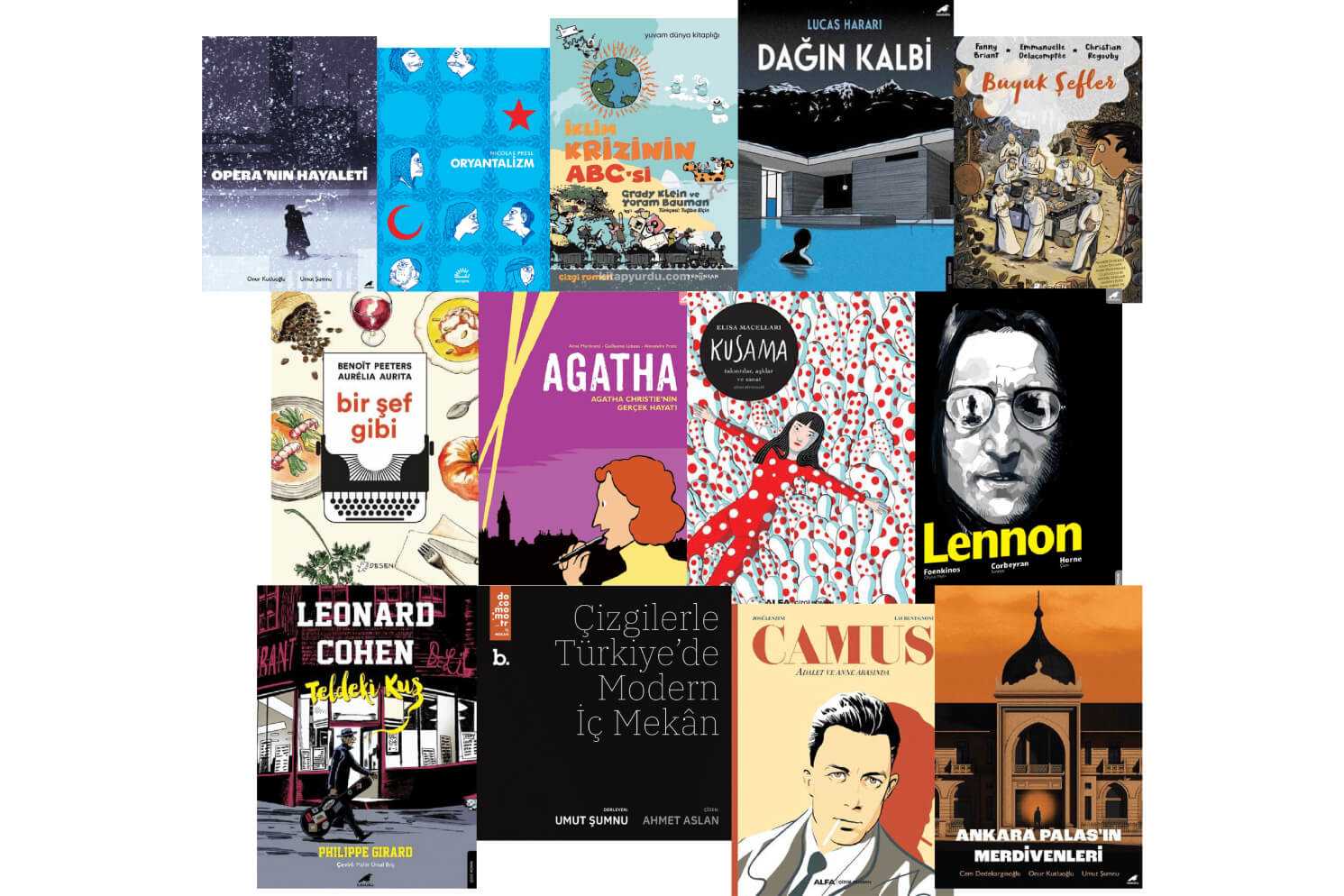
Comic books, often referred to as the 8th form of art, offer a delightful reading experience for readers of all ages by combining the power of visual art and text. Comic books appeal to both the eye and mind and are not limited to adventure or fantastical stories such as Texas, Capitan Miki, Zagor, Tintin, or Marvel. They also cover a wide range of topics including urban life, sustainability, gastronomy, and artists’ biographies. In the world of comics, many books reveal the architectural texture and social structure of urban environments, inspire us to reflect on environmental problems and solutions through sustainability, provide opportunities to explore the stories behind tastes and recipes with an artistic approach to cuisine culture and gastronomy, and tell us the inspiring life stories of artists.
Unveiling this colorful visual world, we have selected outstanding books for those who want to explore urban life, the notion of sustainability, cuisines of different cultures, and the life stories of artists through comic books:
Journey to the Heart of Gastronomy
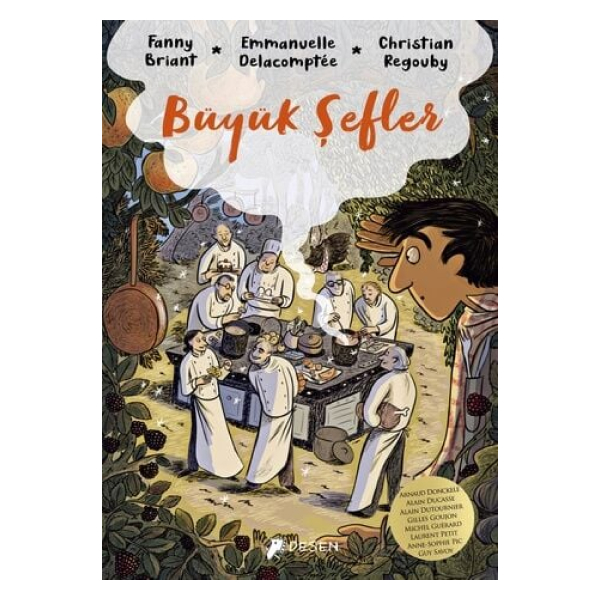 |
|
Sacrés Chefs
Sacrés Chefs, written by Fanny Briant, Emmanuelle Delacomptée, and Christian Regouby, presents the story of a young journalist whose prejudiced perspective on gastronomy changes in terms of dining and food culture. The graphic novel, translated into Turkish by Damla Kellecioğlu and published by Desen, takes readers on a stunning excursion into one of the largest kitchens in France.
“The kitchen is associated with soul; it means connecting with the world and life.”
The plot of the book depicts Guillaume, who wishes to be a war correspondent and report on injustices and unfair actions in the world. Guillaume underestimates his grandfather’s profession as a food critic, believing it to be an effortless job where he simply goes to restaurants for free and enjoys himself. In response, his grandfather offers Guillaume an internship at the magazine where he works and asks him to prepare a special article series titled “The Art of Great Chefs.” Temporarily accepting this offer, Guillaume sets out on a journey to meet eight world-famous chefs in France. How Guillaume, who does not know the difference between tarragon and rosemary, turns into a food critic sparks curiosity in readers.
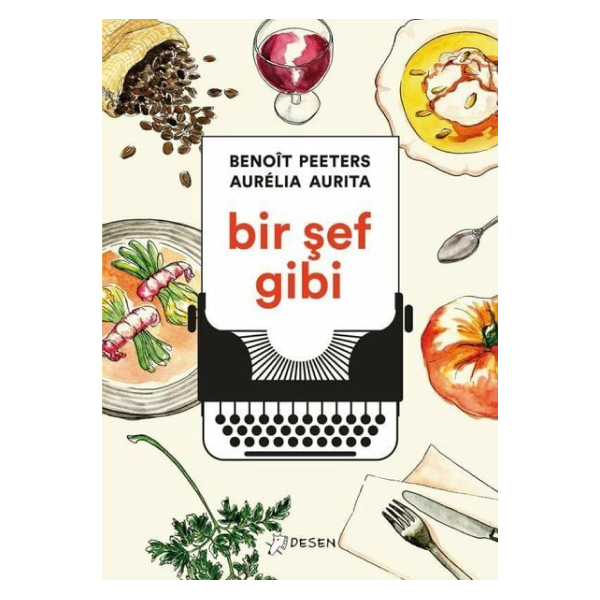 |
|
Comme Un Chef
Comme Un Chef, written by Benoît Peeters and translated into Turkish by Damla Kellecioğlu, portrays the story of a chef who struggles to build a career in a period when food culture and eating habits are rapidly changing and transforming. Based on the life of Benoît Peeters, who has been interested in cooking since childhood, the graphic novel reflects the transformation of gastronomy and culinary arts over half a century, drawing nourishment from literature, philosophy, and sociology.
“How about lobster with vegetables and Sauternes wine for the starter,
Poached foie gras with truffles and butter for the main course,
And raspberry soufflé for dessert?
Doesn't this exquisite menu sound delicious?
So, who are the architects of these tastes that are almost unlikely to come together?”
Referring to the world's most important restaurants, “revolutionary” culinary movements, groundbreaking chefs, and food presentations from Troisgros to El Bulli’s last supper, the book strengthens its narrative with colorful anecdotes. It pushes readers to question what “cuisine” really means and also reveals Europe’s social, cultural, and political panorama from the 70s to the present day, accompanied by tempting illustrations by the illustrator, Aurélia Aurita.
Doyen Names of Art World
 |
|
Leonard Cohen: On A Wire
The life of Leonard Cohen, one of the charismatic voices of music history, has been relived as a comic book by Philippe Girard. Titled “Leonard Cohen: On A Wire”, the comic book allows readers to witness the artist's life with its ups and downs, featuring important moments and turning points in Cohen’s life, as well as his encounters with leading names in the music world.
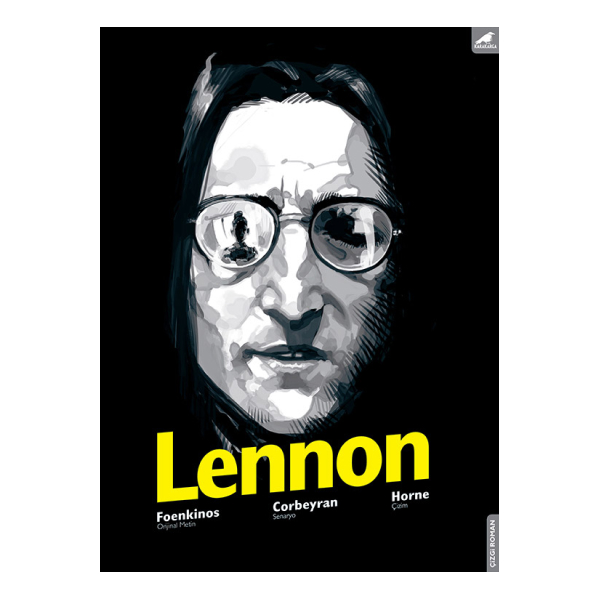 |
Written by: David Foenkinos |
Lennon
Lennon, the story of John Lennon, and The Beatles, one of the legendary groups in the history of rock music, are portrayed with lesser-known aspects by David Foenkinos in this graphic novel. Covering details ranging from Lennon's relationship with Yoko Ono and his children to his solo career, years in New York, and death, readers are given insight into the secrets that Lennon shared with his psychologist.
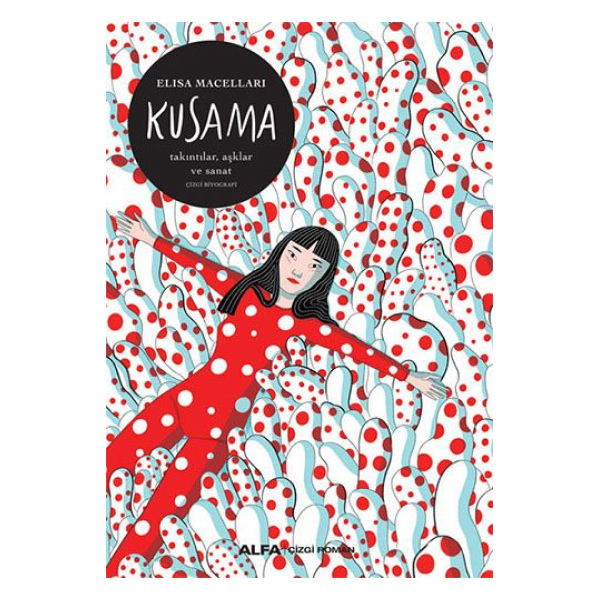 |
|
Kusama: “Obsessions, Amours et Art”
Written by Elisa Macellari and translated into Turkish by İlknur Akman Erk, Kusama: Obsessions, Amours et Art, is a biographical graphic novel that describes important details of Japanese painter Yayoi Kusama’s life. The artist’s autobiography, Infinity Net: My Autobiography and Kusama: Infinity shed light on this graphic novel that shares all the impressive events affecting Kusama’s art.
“My art derives from delusions that only I can see.
I turn the illusions and obsessive visions that bother me into sculptures and paintings.”
The story of Yayoi Kusama, who has clung to life through painting the hallucinations she has often experienced since her early years, unfolds through illustrations. Her journey from Japan to America, her self-discovery in America, and her international fame are vividly portrayed.
 |
Written by: José Lenzini |
Camus
Written by José Lenzini and translated into Turkish by Zeynep Mertoğlu, Camus traces the life of Albert Camus, a French writer. From his birth in Algeria and his childhood, to his career as a writer and his literary and political struggles—especially in support of Algerian independence—his Nobel Prize in 1957, and his death on the Yonne highway in 1960, the biography offers readers the opportunity to discover Camus's humanistic perspective, vulnerabilities, and doubts through his mother.
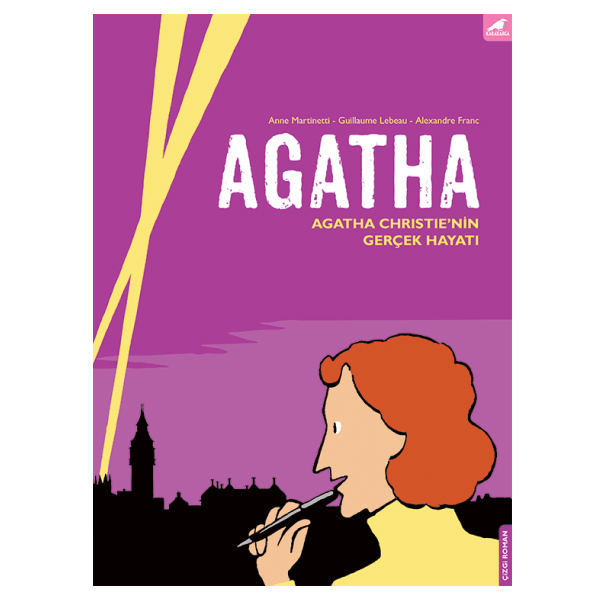 |
Written by: Anne Martinetti, Guillaume Lebeau |
Agatha: The Real Life of Agatha Christie
Written by Anne Martinetti and Guillaume Lebeau, and illustrated by Alexandre Franc, Agatha: The Real Life of Agatha Christie depicts the life of Agatha Christie, a leading figure in crime novels. In this graphic novel, Christie's life is traced from her childhood years in England to her experiences in Istanbul and Mesopotamia. The author portrays her as a free-spirited and modern woman who travels, flies, and surfs.
Space and Cities
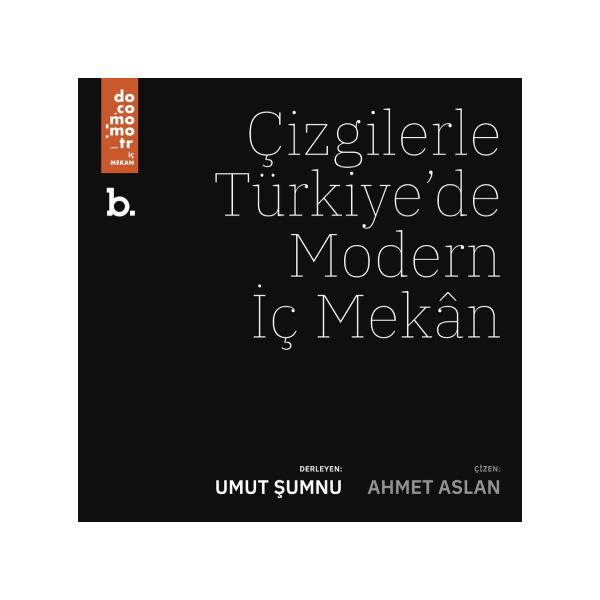 |
Compiled by: Umut Şumnu |
Çizgilerle Türkiye’de Modern İç Mekân
Published by b. kitap, Çizgilerle Türkiye’de Modern İç Mekân aims to document the journey of modern interior design in Turkey through institutions, structures, key figures, representatives, and objects.
“What is a modern interior design? Is it a machine in which we live? Is it a space where the boundaries between inside and outside dissolve, allowing me to both hide and find ourselves, even amidst the alienating and anonymous expanse of the outside world?”
In this book, which covers the historical period from the establishment of the Department of Interior Design at the school known as Sanayi-i Nefise Mektebi in the late Ottoman period to the founding of the TMMOB Chamber of Interior Designers in 1976, articles by Hande Atmaca, Gülnur Ballice, Efsun Ekenyazıcı Güney, Deniz Hasırcı, Deniz Avcı Hosanlı, Ebru Karabağ, Hande Tulum Okur, Selim Sertel Öztürk, Gökçeçiçek Savaşır, Melis Örnekoğlu Selçuk, Umut Şumnu, Güliz Öktem Taşdemir, and Zeynep Tuna Ultav are accompanied by illustrations by Ahmet Aslan for each article.
 |
Authors: Cem Dedekargınoğlu, Onur Kutluoğlu, Umut Şumnu |
Ankara Palas’ın Merdivenleri
Ankara Palas’ın Merdivenleri, written by Cem Dedekargınoğlu and Umut Şumnu, and illustrated by Onur Kutluoğlu, focuses on Ankara Palas, designed by the architect Kemaleddin. The book depicts the lively story of Architect Kemaleddin and the construction process of Ankara Palas through the conversations of a young academic with someone he meets during a train journey in the late 1970s.
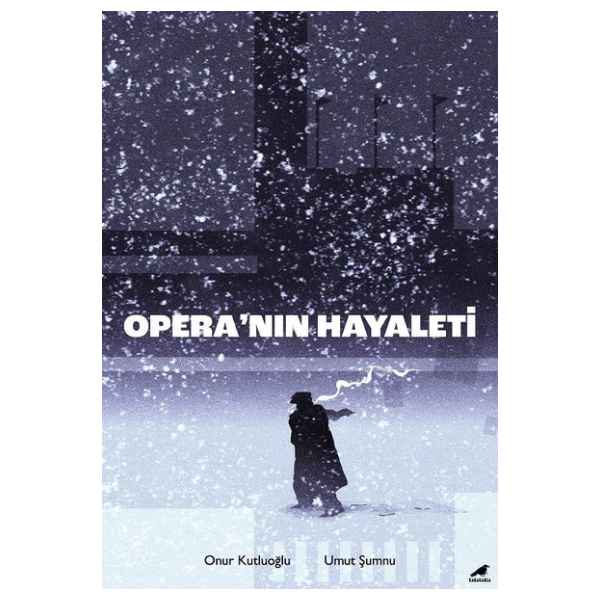 |
Authors: Onur Kutluoğlu, Umut Şumnu |
Opera’nın Hayaleti
Written by Onur Kutluoğlu and Umut Şumnu, Opera’nın Hayaleti, focuses on the transformation of Şevki Balmumcu's Exhibition Hall into the Opera House by Paul Bonatz, which has an important role in the history of Türkiye’s modern architecture. This example, often cited to illustrate the transition from the 1930s to the 1940s in Turkey’s architectural history, aims to convey the contradictory atmosphere of the period and introduce this story to a wider audience.
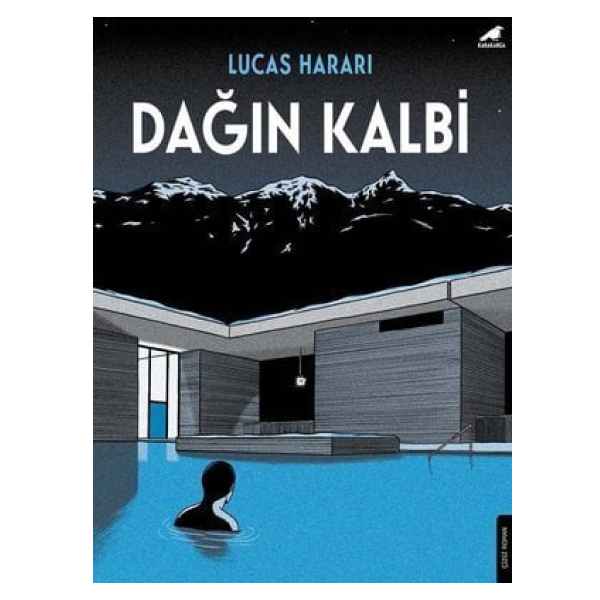 |
Written by: Lucas Harari |
Swimming In Darkness
The graphic novel Swimming in Darkness, written by Lucas Harari and translated into Turkish by Tolga Üyken, centers on the Thermal Baths in Vals, known for their captivating architecture and mystery.
“Stones are mute, aren’t they?”
Pierre, a young Parisian architecture student, conducts an academic study on the Thermal Baths in Vals, in the heart of a Swiss mountain. For his study, Pierre takes a journey to Switzerland by train and is drawn to the mysterious world of Vals when a quartzite stone unexpectedly enters his wagon through the window. The legendary story of the Thermal Baths’ structure and their relationship with the mountain leads Pierre's study to take on a different dimension as he constructs his research around the presence of the quartzite stone.
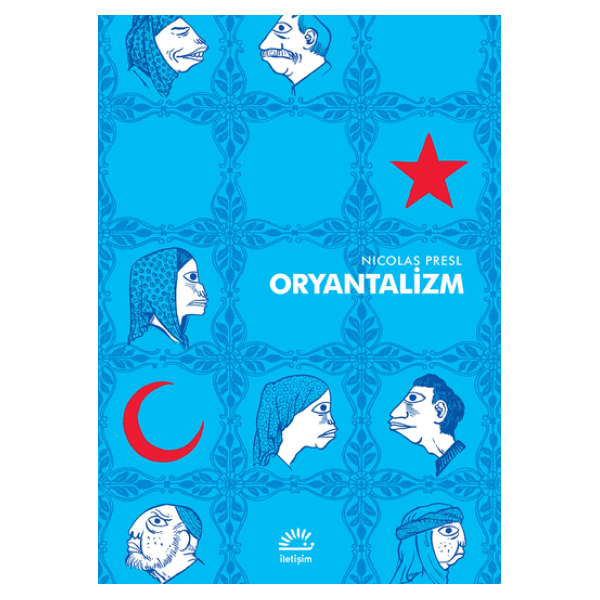 |
Written by: Nicolas Presl |
Orientalisme
In the eyes of French illustrator Nicolas Presl, Orientalisme portrays Turkey, country life, and Istanbul solely through illustrations, without the use of words. Guiding readers on a cultural journey with their imagination, the artist wanders through the bustling bazaars of Istanbul, immerses in the aroma of spices, and blends with vibrant fabrics. The book meticulously presents every detail of the East and the West, from slender tea cups to evil eye beads, wall ornaments to carpet motifs.
Green Readings
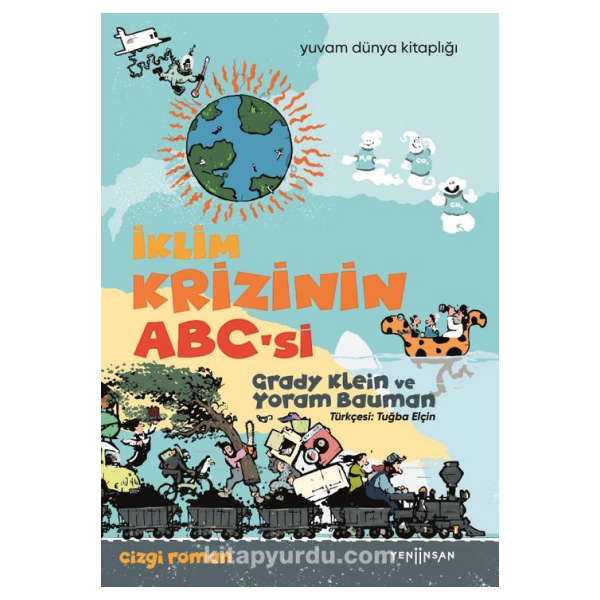 |
Written by: Yoram Bauman |
The Cartoon Introduction to Climate Change
The Cartoon Introduction to Climate Change, a graphic novel written by Yoram Bauman and illustrated by Grady Klein, provides essential information about climate and climate change. It was published in the Yuvam Dünya Series of Yeni İnsan Yayınevi with the Turkish translation by Tuğba Elçin.
“Climate deniers were denying the global warming just yesterday; today, however, we all know that the climate crisis has begun.”
The Cartoon Introduction to Climate Change, helps us to find an answer to the question of “What can I do about the climate change?”. Following a general introduction to the subject, the first chapter of the book explores fundamental climate concepts such as the history of our planet, ice ages, and positive feedback. It proceeds to elucidate the critical role of carbon dioxide, the greenhouse gas in global warming and the balance of energy reaching the Earth from the Sun. The second chapter delves into the impacts of climate change by emphasizing the potential effects on our planet. Lastly, the third chapter explores the necessary actions to prevent the climate crisis, while the continuation of the following chapters of the book is left to the reader in a mise-en-scene language.
